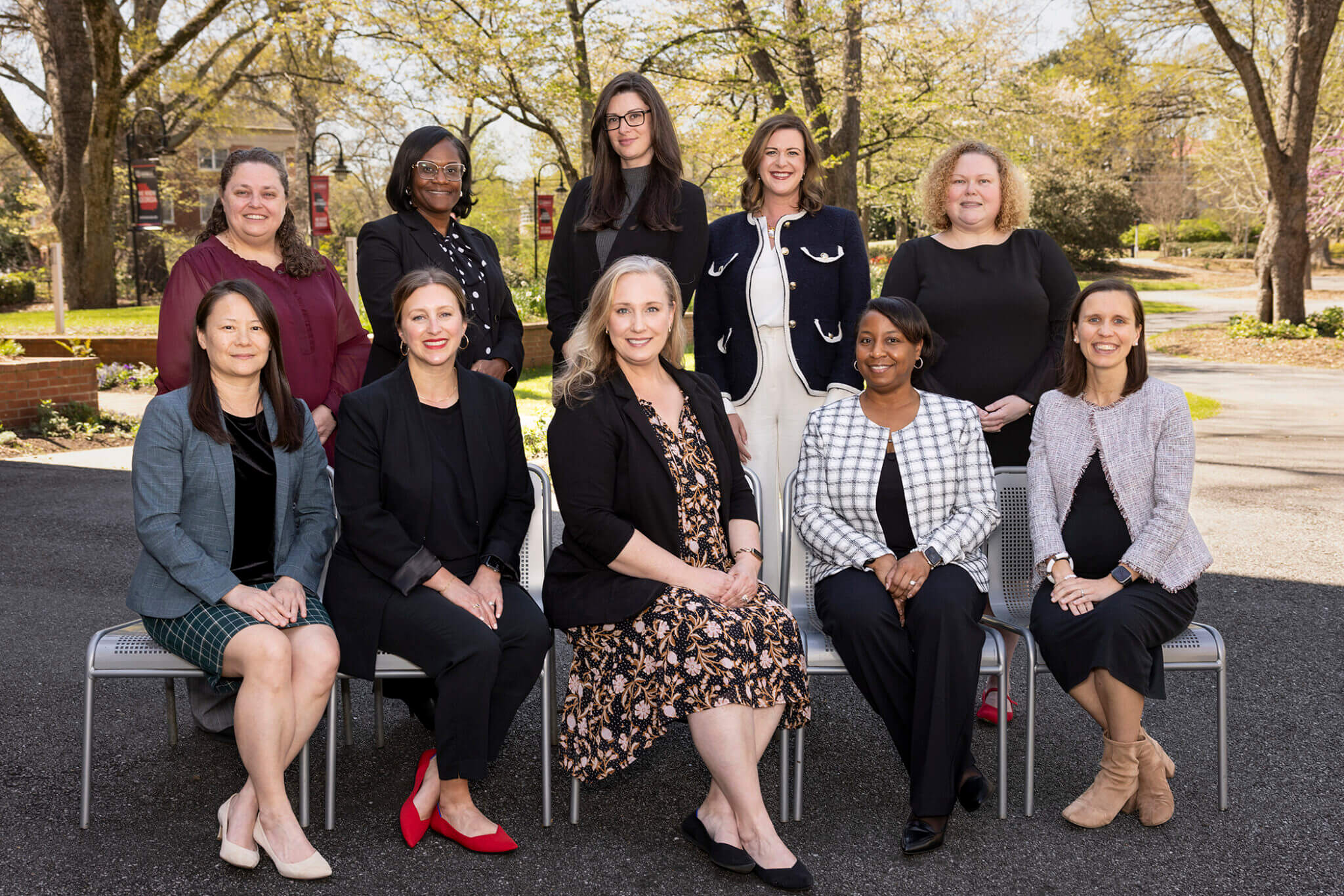By April Reese
University of Georgia
Whether you spend every weekend in a tent or have never pitched one in your life, a recent study conducted by a University of Georgia and U.S. Forest Service research team indicates 80 percent of the public is glad to know wilderness land is out there, whether they use it not.
Almost 40 years ago, Congress passed the Wilderness Act, which restricted grazing, mining, timber cutting and mechanized vehicles in protected areas. It began with 9.1 million acres. Now, 4.4 percent of the continental United States is protected as wilderness land. Alaska contains about 60 percent of the total protected land areas in the United States.
The act defines wilderness land as "an area where the earth and its community of life are untrammeled by man, where man himself is a visitor who does not remain."
Georgia has 485,000 acres protected under the National Wilderness Preservation System. The Okefenokee National Wildlife Refuge is the largest of these areas, encompassing 396,000 acres of the 438,000-acre swamp.
Valuation System
John Bergstrom, an economist with UGA's College of Agricultural and Environmental Sciences, and U.S. Forest Service research colleagues Ken Cordell and Michael Bowker have been conducting a national study to determine how people view and value wilderness areas.
"Findings indicate broad support for the concept of wilderness, based mostly on the ecological, environmental quality and non-use values respondents believe wildland protection provides," Bergstrom said.
In a survey led by the US Forest Service in collaboration with than 1,900 people in the United States over age 15 were asked about their awareness of the National Wilderness Preservation System, adequacy of the amount of wilderness protected and the importance of various benefits or values from wilderness protection.
Research Results
Almost half of those surveyed, 44.4 percent, reported they knew of the existence of the NWPS. When asked if they thought the amount of protected land was adequate, 55.7 percent said 'No.' The majority of these respondents were 55 years of age or younger. This could mean good things for the system in the future, said Bergstrom.
Of the 13 non-use and use wilderness values, protecting water quality was ranked as the most important value with 78.9 percent of those surveyed ranking it "very important." More than 70 percent of the respondents consider protecting wildlife habitat, protecting air quality, protecting wilderness for future generations and protecting endangered species to be either "very or extremely important."
The least important factor to those surveyed was the amount of income generated for the tourist industry. Scientific study, recreational opportunities and providing spiritual inspiration also received low marks in the survey, even though close to half of those surveyed ranked these values as "very or extremely important."
The research survey found that across income, education, lifestyle, gender, race, employment status and age groups, there were no statistical differences in the way people assign values to wilderness. Protection of wilderness seems to be widely supported across people with very different livelihoods and lifestyles.
Participation in Wilderness Activities
Participation in wilderness activities was also studied.
The survey showed that age and sex were significant suggesting young people and women were more likely to visit wilderness areas. Race was also statistically significant suggesting white Americans are 53 percent more likely to visit wilderness areas or other primitive areas.






